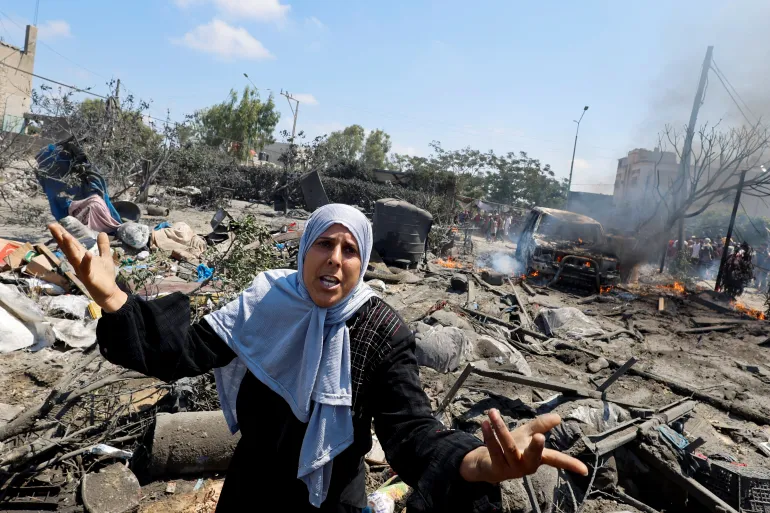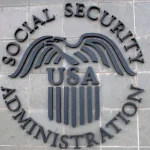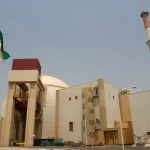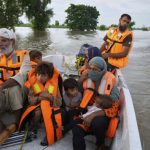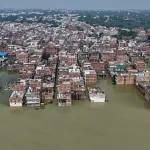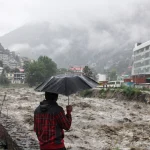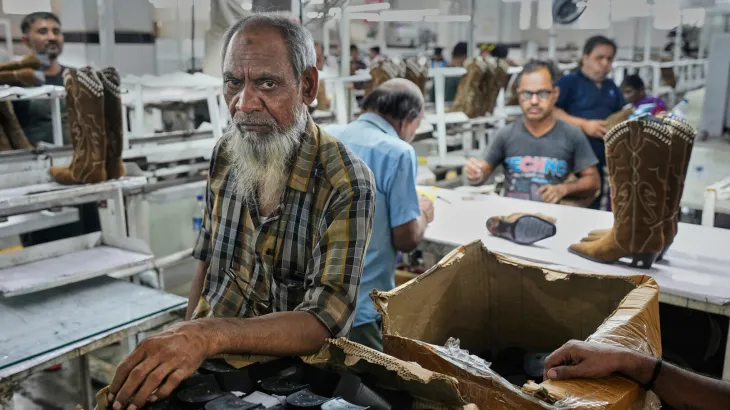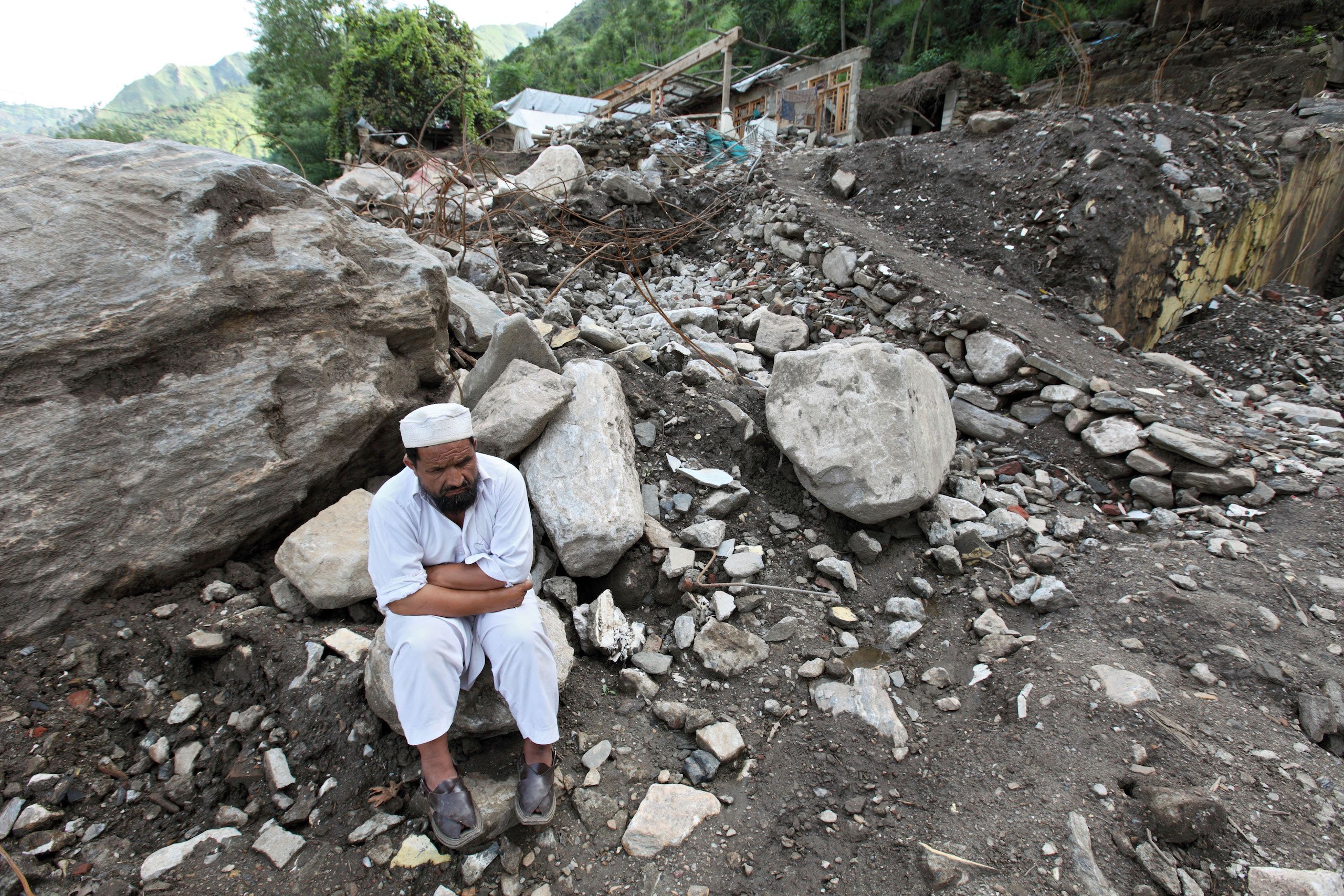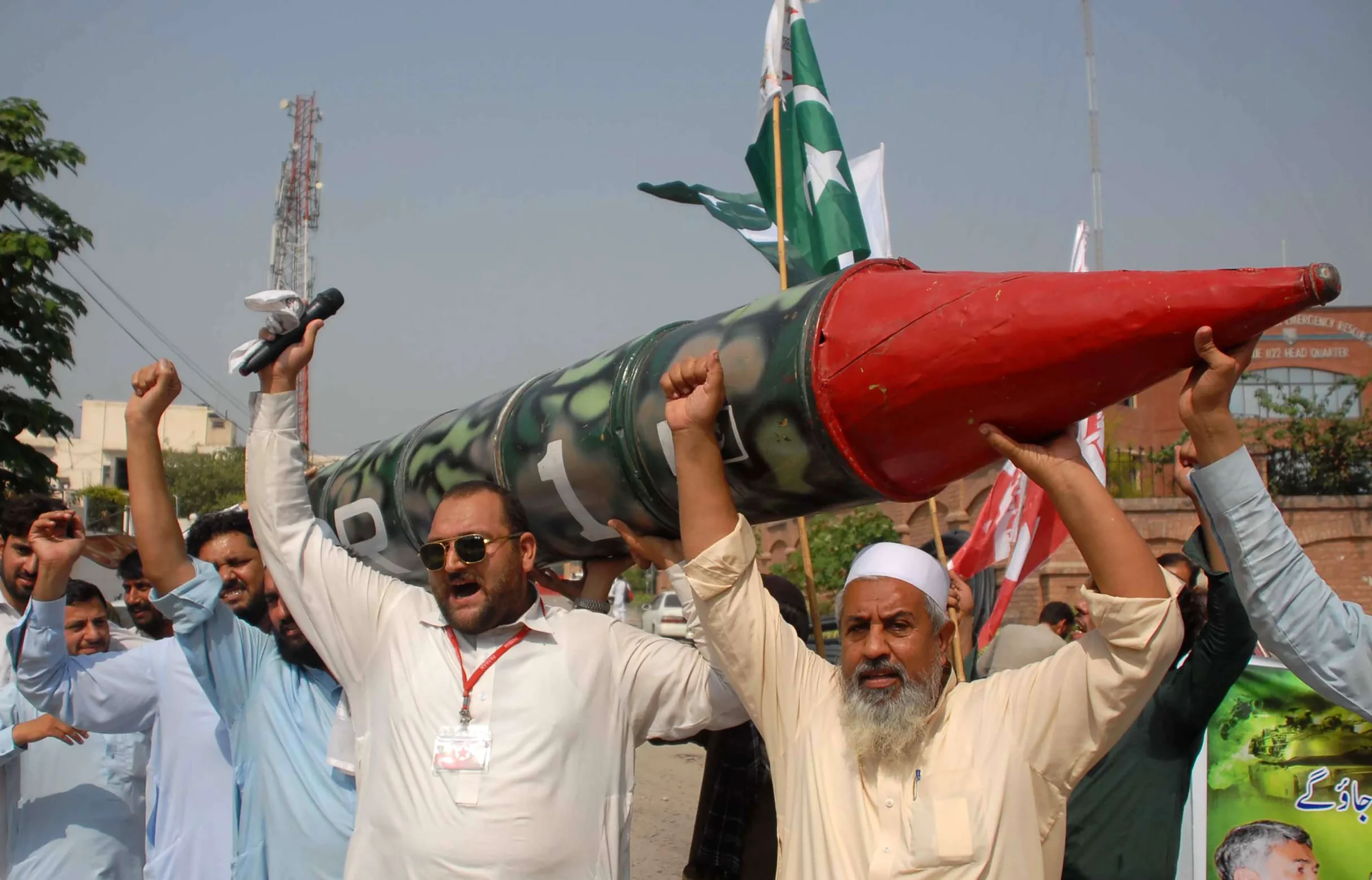The conflict in Gaza has once again taken a devastating toll on human lives. On Friday, reports confirmed that 21 Palestinians were killed in Israeli strikes, with five of them losing their lives in al-Mawasi, an area previously designated as a so-called “safe zone.” The latest tragedy has deepened questions about the credibility of safe corridors in times of war, the legality of such strikes under international law, and the humanitarian costs borne by ordinary families in Gaza.
- The Al-Mawasi “Safe Zone” Under Fire
- Death Toll Across Gaza and Beyond
- Israel’s Position and Military Justification
- Palestinian Response and Public Outcry
- International Reaction
- Historical Context: The Shattered Concept of Safe Zones
- Humanitarian Crisis Deepens
- The Legal Debate
- Political Ramifications
- The Human Stories Behind the Numbers
- FAQs
- Conclusion
This article explores the incident in depth, analyzing eyewitness testimonies, political reactions, historical patterns, and the broader implications for the Gaza conflict. By examining the human stories behind the numbers, we aim to provide a comprehensive understanding of what unfolded in al-Mawasi and beyond.
The Al-Mawasi “Safe Zone” Under Fire
Al-Mawasi, a coastal area southwest of Khan Younis, was initially designated by Israel as one of Gaza’s “safe zones” — places where civilians could seek refuge from the ongoing bombardment. The irony, however, is that these safe zones have increasingly become scenes of tragedy rather than sanctuary.
Eyewitnesses from al-Mawasi recounted chaos after the strike. Families who had fled bombardments in northern and central Gaza had been sheltering in makeshift tents. The explosion tore through the camp, scattering belongings and injuring dozens. Medical teams reported treating burns, shrapnel wounds, and traumatic injuries in already overstretched field hospitals.
“People were cooking when the missile struck,” one survivor told local reporters. “We had nowhere else to go. They told us this was safe, but safety does not exist here.”
The deaths of five civilians in al-Mawasi have raised alarms among humanitarian organizations, who argue that labeling areas as “safe” while still targeting them violates international humanitarian principles.
Death Toll Across Gaza and Beyond
The total death toll from Friday’s operations reached 21 Palestinians. Strikes were reported not only in al-Mawasi but also in other parts of Gaza, where residential areas, shelters, and suspected militant positions were targeted.
Hospitals in Khan Younis and Rafah received the majority of the casualties. Doctors Without Borders noted that several victims were children and elderly civilians. Meanwhile, Gaza’s Health Ministry confirmed that many bodies were recovered from beneath collapsed structures, often with limited equipment due to shortages of fuel and medical supplies.
This latest surge adds to an already staggering figure. According to humanitarian monitors, tens of thousands of Palestinians have been killed since the escalation of hostilities, with women and children making up a significant proportion.
Israel’s Position and Military Justification
The Israeli military stated that the strikes targeted Hamas militants and infrastructure allegedly embedded in civilian zones. Officials argue that militants exploit “safe zones” by embedding themselves among displaced populations, using civilians as human shields.
In response to questions about the al-Mawasi incident, Israeli spokespeople maintained that the target was a Hamas weapons storage facility. They acknowledged the civilian deaths but described them as “unintended collateral damage” in a complex battlefield environment.
Israeli officials further emphasized their continued commitment to urging civilians to evacuate high-risk areas and reiterated that Hamas bears responsibility for civilian casualties by operating from populated zones.
Palestinian Response and Public Outcry
For Palestinians, the notion of “safe zones” has become increasingly hollow. Residents argue that there is no truly safe place in Gaza, as bombings have hit UN-run shelters, schools, hospitals, and now even designated humanitarian corridors.
Families of the victims staged spontaneous protests in Rafah and Khan Younis, holding banners and chanting against what they described as “war crimes.” Palestinian authorities accused Israel of deliberately targeting civilians to break their morale, a claim Israel denies.
One grieving father, whose wife and two daughters were killed in al-Mawasi, was quoted as saying:
“They told us to leave our home in Gaza City. We left everything behind. We came here to survive. And here, we died again.”
International Reaction
The international community expressed alarm at the attack. The United Nations humanitarian office reiterated calls for the protection of civilians, stressing that safe zones must never become battle zones.
European leaders condemned the civilian deaths, urging restraint and adherence to international law. The U.S. administration, while reaffirming Israel’s right to defend itself, also emphasized the need for minimizing civilian harm and called for urgent humanitarian access to Gaza.
Human rights organizations, including Amnesty International and Human Rights Watch, argued that the targeting of al-Mawasi raises serious legal questions. They highlighted that labeling areas as “safe” while simultaneously striking them could constitute a breach of the Geneva Conventions.
Historical Context: The Shattered Concept of Safe Zones
The tragedy in al-Mawasi is not the first time designated safe zones have turned into deadly traps. Historical precedents — from Srebrenica during the Bosnian War to Aleppo in Syria — show that “safe zones” often fail without strong international guarantees and enforcement.
In Gaza, this pattern has been repeated. Previous strikes have hit UN-run schools sheltering displaced civilians. In one notable case, more than 40 civilians were killed in Jabalia refugee camp despite assurances of safety. Such incidents erode trust in any future humanitarian directives and fuel widespread skepticism among Palestinians.
Humanitarian Crisis Deepens
Beyond the deaths themselves, the al-Mawasi strike symbolizes the broader humanitarian collapse in Gaza.
Displacement: More than 1.7 million Palestinians are estimated to be displaced, many living in overcrowded tents and makeshift shelters.
Health care: Gaza’s hospitals are running at less than 30% capacity, with shortages of medicine, power outages, and limited access to surgical supplies.
Food insecurity: According to the World Food Programme, over 70% of Gaza’s population faces acute food shortages.
Psychological trauma: Continuous displacement, exposure to violence, and the death of loved ones have left tens of thousands suffering from untreated trauma, especially children.
The Legal Debate
The al-Mawasi tragedy has reignited the debate on international humanitarian law. Legal experts argue that:
Safe Zones: If designated by a warring party, safe zones must be respected and protected. Striking them undermines international norms.
Proportionality: Military actions must balance anticipated military gain against civilian harm. Many experts believe such balance was absent in this case.
Accountability: Calls are growing for independent investigations by international bodies, possibly under the International Criminal Court (ICC).
As Professor Leila Sadat, an international law scholar, noted:
“If civilians are directed to a place of refuge and then bombed there, it is not only a breach of trust but potentially a war crime under the Rome Statute.”
Political Ramifications
The incident also carries political weight. For Israel, it may intensify global scrutiny and pressure from allies to scale back military operations. For Palestinians, it strengthens calls for accountability and bolsters appeals to international institutions.
Meanwhile, regional actors such as Egypt and Qatar have urged renewed ceasefire talks, warning that the humanitarian cost could destabilize the entire Middle East. The perception of broken promises about safe zones also risks inflaming anti-Israel sentiment across the region.
The Human Stories Behind the Numbers
While statistics dominate headlines, the true weight of the tragedy lies in the personal stories.
A mother in al-Mawasi who lost her three children said she no longer had the strength to bury them herself.
Doctors in Khan Younis worked through the night with limited anesthesia, performing amputations and life-saving surgeries on children as young as six.
Aid workers described the unbearable task of comforting orphans who now have no surviving relatives.
These narratives remind us that behind each number lies a life — a child who dreamed of school, a father who hoped to rebuild his home, a grandmother who wanted to live her last years in peace.
FAQs
What happened in al-Mawasi’s safe zone?
Israeli strikes hit the al-Mawasi area, killing five Palestinians. The area had been designated as a safe zone, where displaced civilians sought refuge.
How many Palestinians were killed overall?
At least 21 Palestinians were reported killed in Friday’s strikes across Gaza, including those in al-Mawasi.
Why is the al-Mawasi incident controversial?
Because al-Mawasi was designated as a safe zone. Striking such areas raises serious questions under international humanitarian law.
What has been the international response?
The United Nations, European leaders, and humanitarian organizations have condemned the civilian deaths and urged Israel to respect international law.
What is the humanitarian situation in Gaza?
Gaza faces massive displacement, severe food shortages, collapsing health services, and widespread trauma, making every new tragedy even more devastating.
Conclusion
The killing of 21 Palestinians, including five in al-Mawasi’s so-called safe zone, is not merely another statistic in the long-running Gaza conflict. It is a symbol of the failure of safe zones, the collapse of humanitarian norms, and the unbearable price civilians continue to pay.
As world leaders call for restraint and humanitarian groups demand accountability, one truth stands clear: without genuine protections for civilians, the cycle of tragedy will continue. The al-Mawasi strike underscores the urgent need for credible safe zones, sustained humanitarian access, and renewed international efforts to end the bloodshed.


